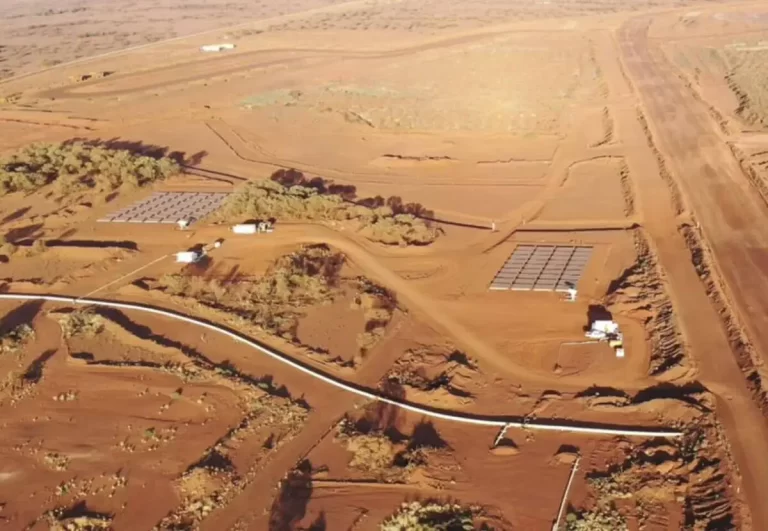The Crucial Role of Floating Solar PV in Land-Scarce Southeast Asia
Floating solar photovoltaic (PV) capacity is set to play a crucial role in Southeast Asia’s solar expansion, with countries like the Philippines, Indonesia, and Thailand leveraging their unique geographies to support this technology. This is the main finding of a recent analysis by independent energy research firm, Rystad Energy. The report predicts that by 2030, Southeast Asia will contribute 10% of the total solar capacity in the broader Asia region, including ground-mounted, rooftop, and floating installations.
Unlike other parts of Asia where land is more readily available for ground-mounted solar projects, Southeast Asia typically reserves its land for agricultural purposes. As a result, solar developers in the region are turning to offshore locations for potential solar sites. Currently, nine out of the world’s top ten largest floating solar projects are located in China or Taiwan.
However, there are numerous proposed floating solar PV projects in Southeast Asia, following the success of the 145MW Cirata floating solar PV project in West Java, Indonesia, which became operational in November 2023 and is the world’s third-largest floating solar project. Additionally, there are several smaller floating solar PV projects already in operation across Southeast Asia, totaling 500MW of capacity.
“Floating PVs have emerged as a game-changer for Southeast Asia, driving the region’s transition to clean energy by maximizing its abundant solar resources and overcoming limited land availability,” said Jun Yee Chew, Head of Asia Renewables and Power Research at Rystad Energy. He also highlighted that the modular design of floating solar PV systems allows for integration with existing hydropower dams, presenting significant opportunities for hydropower-rich nations like Laos, Thailand, and Indonesia.
Furthermore, floating solar PV projects provide a solution for the coexistence of solar farms and agriculture, addressing the issue of limited land rights facing solar developers in Southeast Asia. With much of the available land used for agriculture, floating solar PV projects offer a way to utilize water bodies for clean energy generation without encroaching on agricultural areas.
While the majority of proposed solar projects in Southeast Asia until 2030 are ground-mounted and rooftop installations, an increasing number of countries are considering the addition of floating solar PV by the end of the decade. Thailand is currently leading the way in this regard, relying on private power purchase agreements (PPAs) to contract floating solar PV projects and procure electricity, similar to the rooftop solar leasing model.
This approach serves as an example for other developers and utilities in the region, demonstrating how to balance agricultural needs with the expansion of renewable energy generation. Moreover, relying on private leasing and PPAs helps avoid the need for additional land, thus preventing further deforestation in a region densely populated by rainforests.
Rystad Energy predicts that Indonesia, the Philippines, and Thailand will lead Southeast Asia’s push into floating solar PV. The Philippines, in particular, is well-suited for the development of floating solar PV due to its numerous large inland lakes, such as Laguna Lake, which is estimated to have a capacity of nearly 3GW. Acen, a Philippines-based company, is on track to become the leading floating solar PV developer in the region by the end of the decade. The company is currently working on a 1GW project on Laguna Lake and a 200MW project in the province of Rizal, which will bring its floating solar PV portfolio in Southeast Asia to over 3GW.
Similarly, Indonesia’s extensive use of hydropower can be complemented by floating solar PV, aligning with the country’s solar ambitions. A 1.8GW floating solar PV project is already planned for the Duriangkang reservoir in Batam, led by Spanish-headquartered EDP Renewables.
Overall, the growth of floating solar PV in Southeast Asia presents a significant opportunity for the region to harness its solar potential and accelerate the transition to clean energy, while also addressing land constraints and promoting sustainable development.
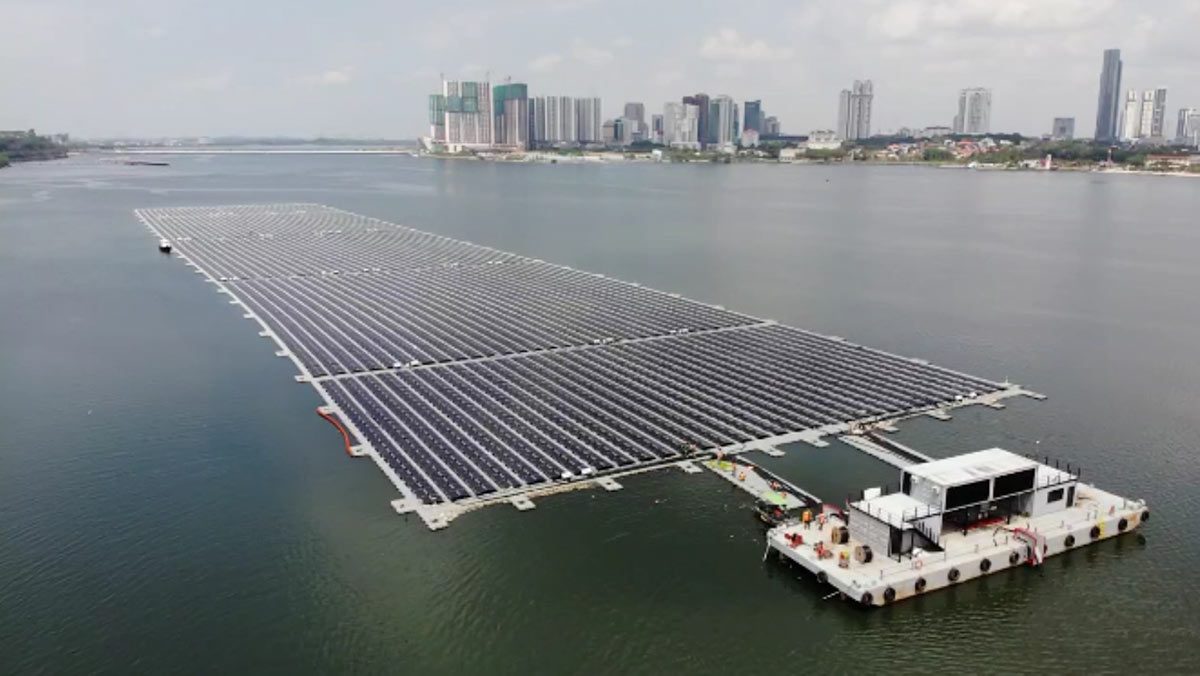
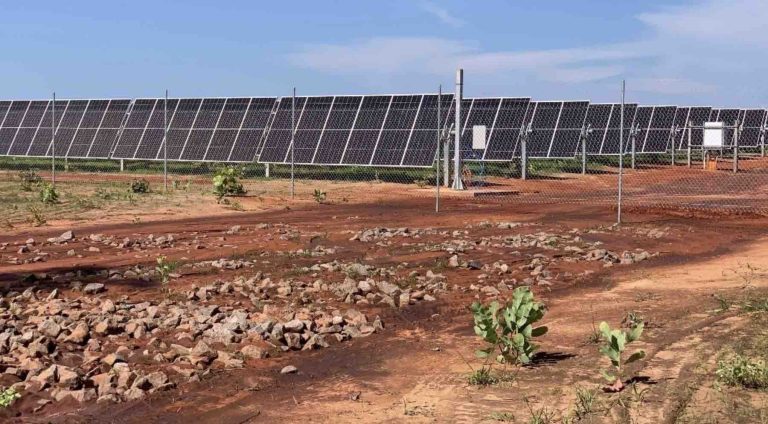
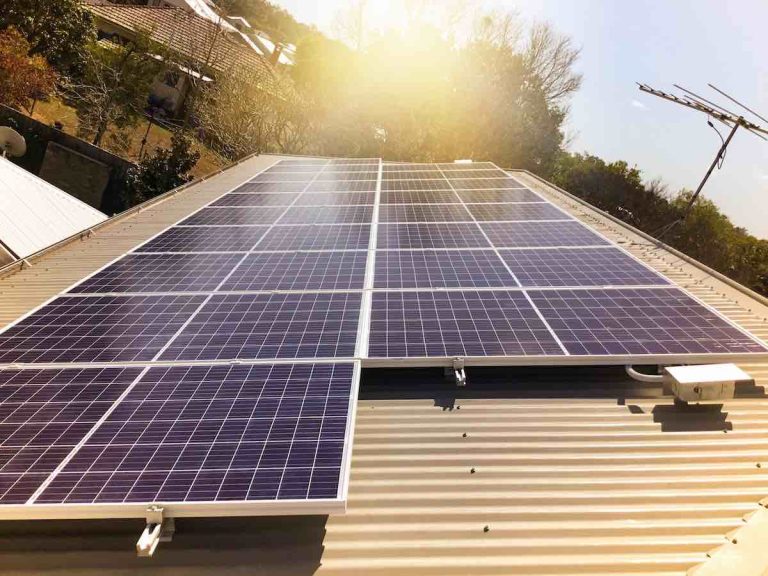
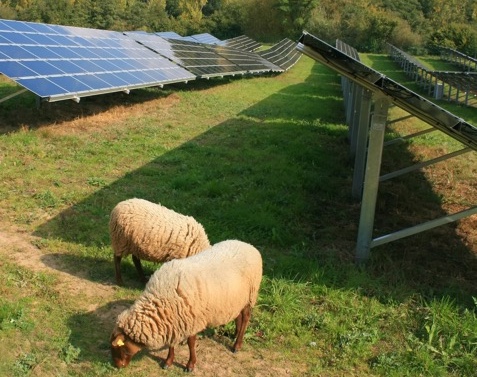
42.jpg)
